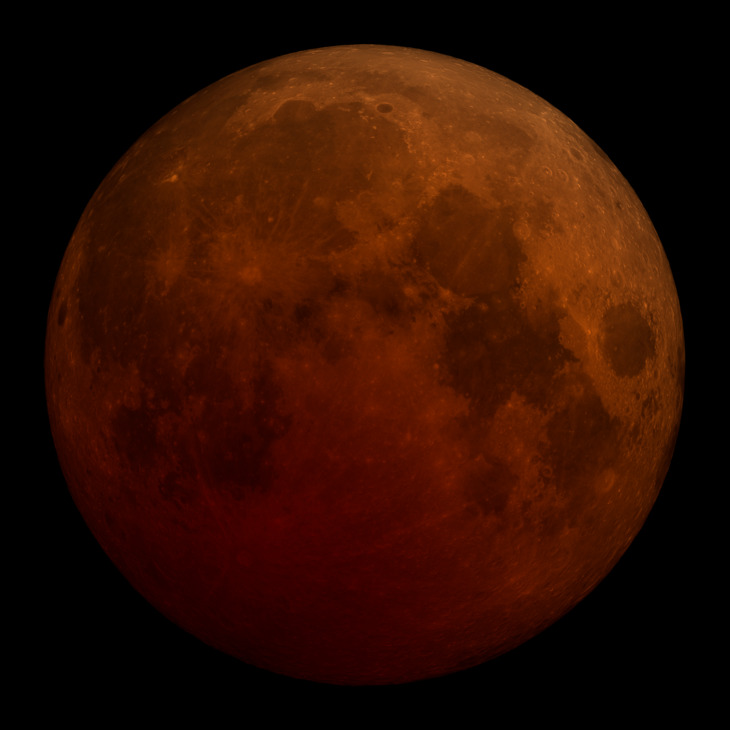November Blood Moon
Bridgewater Sees its last Total Lunar Eclipse until 2025
Early Tuesday morning, a full lunar eclipse could be seen in Bridgewater without the obstruction of clouds.
November 22, 2022
Bridgewater, Va.- On Nov. 8, a full lunar eclipse was visible to Bridgewater College, beginning with the penumbral eclipse at 3:02 a.m., the full eclipse at 5:16 a.m. and its peak at 5:59 a.m. The eclipse had a red hue, for the same reasons we see red during a sunset.
Total lunar eclipses occur when the moon passes in the darkest part of the Earth’s shadow during the alignment of the sun, moon and Earth. During this, the moon appears to have a red hue and is often nicknamed “blood moon.”
According to NASA, the moon’s red hue occurs due to the refraction, filtering and scattering of light by Earth’s atmosphere.
“Eclipses in general tend to gain a lot of interest from the general public, especially when they are total eclipses,” said Dean of the School of Natural Sciences and Professor of Physics Philip Spickler. “These types of events may generate a sense of awe and excitement about how nature and the universe produce these ‘once every so often’ events that make them special to witness.”
The eclipse on Tuesday was the last total lunar eclipse until March 14, 2025.
“I wish I had heard about it because I was a little upset that I missed it,” said senior Rachel Cubbage. “If I had known it was going on, I would have loved to see it.”
The eclipse was not the final astronomical event of the year. On Nov. 9, Uranus was on its closest approach to Earth and was fully visible all night long.
On Nov. 17 and 18, there was the Leonids Meteor Shower, which peaks mid-November annually. The Leonids meteors originate from the Tempel-Tuttle comet.
On Dec. 8, Mars will be on its closest approach to Earth and will be fully visible all night long. There will also be two more meteor showers this year: the Geminids on Dec. 13 and 14 and the Ursids on Dec. 21 and 22.
“I find the moon gives a unique perspective of distance and size. A full moon in the sky, especially when seen close to the horizon, appears close, yet it is almost 240,000 miles away,” said Spickler.



























































